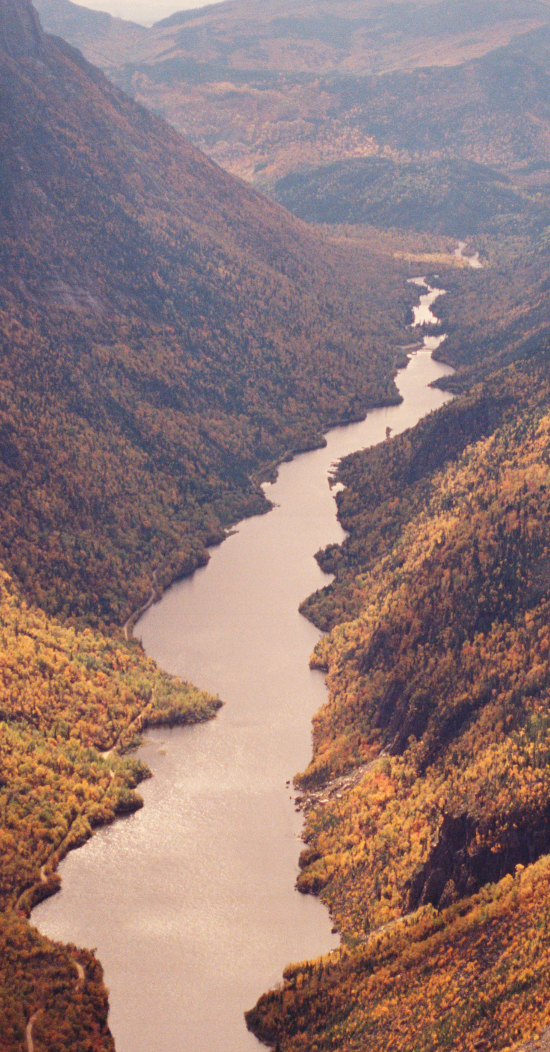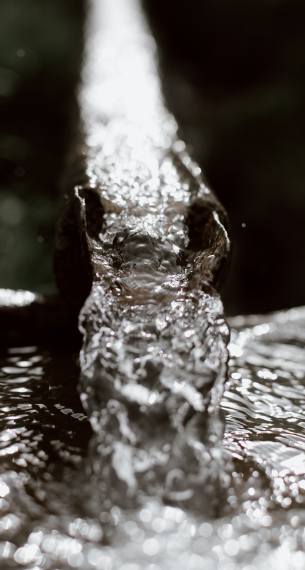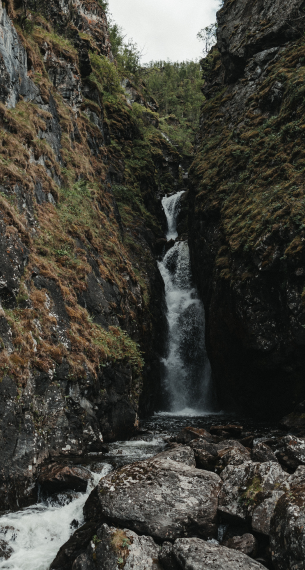What are the detection methods

Introduction to aquatic environmental monitoring methods
Fish, responding to long-term environmental change, is one of the biological elements considered in assessing the status/potential of surface water bodies (SUDC). A CBC is a discrete and significant element of surface water, such as a lake or other natural body of water, artificial body of water, stream, brook, river and canal or parts thereof, internal marine waters, transitional waters or coastal waters. According to the so-called Water Framework Directive, EU Member States are obliged to achieve good ecological status or potential of surface waters. Good ecological status refers to surface waters other than heavily modified surface waters, while good ecological potential refers to heavily modified surface waters. All water bodies are covered by the State Environmental Monitoring. Due to a number of factors, including, inter alia, lack of sufficient forces and financial resources, a standard method based on single electrofishing was adopted to assess ecological status/potential of rivers based on ichthyofauna.
However, electrofishing is not the only method for monitoring ichthyofauna, see below for selected methods.
State Environmental Monitoring
Electrofishing is a live-catch method, and to ensure maximum survival it is necessary to have water aeration equipment and to conduct the surveys themselves efficiently so that they last as short as possible.
Fish caught, after completion of the surveys, should be released into the river from which they were caught, with the exception of alien species listed in the Regulation of the Minister of Environment of 9 September 2011 on plants and animals of alien species, which if released into the natural environment may threaten native species or natural habitats. Fish from invasive alien species must not be reintroduced into the environment and should be humanely killed.
We will not carry out ichthyofauna surveys without a number of approvals and permits provided for in: Nature Protection Act of 16 April 2004, Inland Fisheries Act of 18 April 1985, Regulation of the Minister of Environment on the protection of animal species. Depending on the area where the research is carried out, the type of documents necessary to obtain is different. When determining the appropriate and necessary ones, it is necessary to determine the location of each site within the administrative boundaries of the province, the fishing district, and to check carefully whether it is not an area within the boundaries of one of the forms of nature protection (national park, reserve). Even before the start of fishing, the date and place of fishing should be communicated to the appropriate unit of the State Fisheries Guard and to the fishing user. You should also notify the appropriate police station and the Border Guard (if the research is conducted in a border zone).
Catching fish with electric fishing gear
This technique is considered to be the most effective method for studying ichthyofauna in flowing waters. When using it, the recommendations contained in the Polish Standard PN-E 14011: 2006 Water quality – sampling of fish using electricity should be taken into account.
The procedure for electrofishing and the equipment used for electrofishing vary according to the width and depth of the river. Electrofishing is carried out using a generator with two basic methods: wading and boat fishing, and the choice is influenced by the depth of the river. The upstream wading method is used in watercourses no more than 15 m wide and up to 0.7 m deep, and fishing is carried out across the entire width of the river. In shallow rivers, but more than 10 m wide, when catching fish using the upstream wading method, the “combined fishing” method should be used – several sections with a total area of not less than 1000 m² shall be linked together as one site. When the depth of the river exceeds 0.7 m, electrofishing is carried out from a boat, going downstream.
The recommended times for electrofishing are late summer and early autumn. The reliability of the assessment of the condition of the fish populations is positively affected by low water levels at this time, which increases the effectiveness of the catch.
The method’s limitation is the water temperature, which must not be below 5°C, and electrofishing must not be conducted during rainfall.
According to §37 of the Ordinance of the Minister of Agriculture of 04 February 1980 on occupational safety and health in inland fisheries, the fishing team must be headed by a person who is qualified to operate electric fishing gear.
Nordic set of wontons.
The Nordic wonton set fishing method is time- and labour-intensive and is associated with mortality of caught individuals. It is used to classify the ecological status/potential of lakes. Fishing is carried out in accordance with EN 14757, which must be strictly adhered to, and the fishing equipment is described in detail.
Work can be carried out from August to mid-October. The necessary equipment consists of two types of wontons: demersal and pelagic. Both are constructed of panels made of monofilament netting. The standard indicated above regulates both the size of the meshes in the individual panels, as well as the order of the panels in the wonton and the thickness of the line.
They shall be made up of twelve panels, 1,5 m high and 2,5 m wide, with a total length of 30 m, and the mesh size in the individual panels shall be between 5,0 and 55,0 mm.
Pelagic sharks consist of eleven panels, 6.0 m high and 2.5 m wide, for a total length of 27.5 m. and the mesh size in individual panels varies from 6.25 to 55.0 mm.
Bottom wontons, are distributed randomly on the lake bottom and should not be in one place. Standard EN 14757 specifies their number and depth range.
Pelagic pontoons, placed in steps, are in the deepest parts of the lake, hence the knowledge of its bathymetry is necessary. The number of pontoons depends only on the depth of the lake.
They are set up for 12 hours, from late afternoon until morning, and after they are lifted, they are transported to shore in containers. The fish caught are taken from the containers, the species are marked and weighed, and a representative group is also measured.
As with electrofishing, permission from fishery users to collect data must be obtained prior to surveying. Subsequently, permits are required from the Regional Marshal (to catch undersized fish and during closed seasons), the Director of the General Directorate of Environmental Protection (to obtain permits to catch legally protected fish), and in the case of fishing in national parks and reserves, from the Minister of the Environment and the Director of the General Directorate of Environmental Protection.
Transmitters and PIT stamping
Studies of fish behaviour in the river are conducted by implanting an acoustic transmitter under the skin of the fish. The movement of the fish is recorded by stationary hydrophones, which are anchored in the river/lake, or by mobile directional hydrophones. When the implanted implants become inoperable due to battery exhaustion, the hydrophones are extracted and data analysis takes place.
Fish tags radio transmitters, also sewn into the body cavity, with unique frequencies. Fish tracking is done with directional antennas, it is advisable to use at least two antennas. When the signal is strongest, there is the highest probability that a fish is in that location.
Another method is passive implants (PITs), which do not need electricity and are recorded by an antenna. Depending on the solution chosen and the manufacturer, antennas are mounted in the form of windows, in the river current or passage lumen, or flat on the river bed. When a fish passes through, it is recorded.






